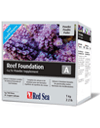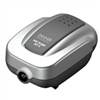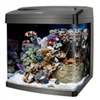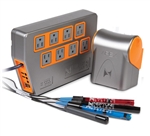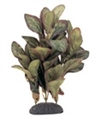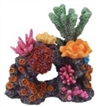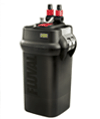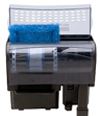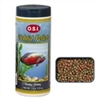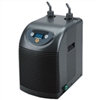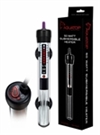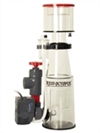|
Which Aquarium Protein Skimmer Should You Buy?
What Are the Different Types of Skimmers?
|
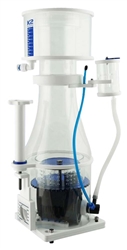
|
Which Aquarium Protein Skimmer Should I Buy? When purchasing a protein skimmer the main considerations are the size of your tank and where you're going to put the protein skimmer. Choosing a protein skimmer that is slightly larger than necessary is better than choosing one that is slightly smaller than necessary; most reef-keeping experts agree that it is difficult to overskim an aquarium.
There are hang on protein skimmers that sit on the back of the tank and in sump protein skimmers that sit in the sump. While there are numerous hang on and in sump protein skimmers, in tank protein skimmers are relatively new.
Usually, aquarists with a sump will place their protein skimmer in their sump, and those without a sump will hang their protein skimmer on the back of the tank. If you're not certain of where you want to hook up the protein skimmer, you might consider a protein skimmer that can both be hooked up in the sump or hung on the back of the tank such as the
SeaClone protein skimmer.
We've grouped the aquarium protein skimmers by size:
We've also group aquarium protein skimmers by how they are hooked up.
When buying a protein skimmer keep in mind that the tank size ratings stated by the various manufacturers are very subjective. It's very difficult to determine exactly how much protein skimming is necessary for any given tank--and there really is no correct answer.
Different Types of Protein Skimmers
In sump protein skimmers are the most popular and come in several different styles each with distinct advantages.
External Pump Skimmers, such as the
Reef Octopus INT Skimmers sit in the sump with the pump outside the skimmer body. This allows for more room in the skimmer body for air and water mixing leading to superior performance as well as easy removal of the pump for cleaning.
Space Saving Protein Skimmers, such as the
Reef Octopus S Skimmers and
IceCap Skimmers, sit in the sump but have the pump located inside of the skimmer body. Locating the pump in the body allows the skimmer to fit in small spaces. However this design leads to a reduction in performance as well as greater difficulty when removing the pump for maintenance.
Recirculation Protein Skimmers, such as the
Reef Octopus EXT Skimmers can sit inside a sump or next to a sump. External skimmers keep a recirculation pump on the outside of the skimmer body to make bubbles and require an additional feed pump to supply them with water. This design leads to the best performance of any of the skimmer designs because the bubble producing pump performs better when only recirculating. Recirculation skimmers are also popular for instances where the skimmer may need to be placed next to a sump rather than inside of the sump. The biggest disadvantages of this design is that it has the largest footprint and highest price compared to other designs.
Further Reading







